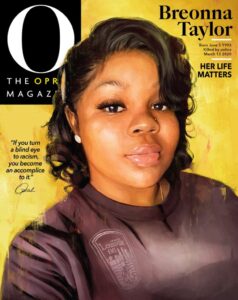
I packed up my dusty camping gear, tossed it in the back of my Subaru and set a course for the mystified Eastern Sierra Nevada for the first ever women’s climbing festival, hosted by Flash Foxy. It was one of those things that you don’t realize how much you needed until you get the privilege to experience it.
Shelma Jun, the founder of Flash Foxy, a social-media platform, started an Instagram account in 2014 as a space to share photos of women climbing and for women to connect on what they love the most. It has grown into a Facebook page and climbing forum, as well as a website.
As a female rock climber, I am part of a growing body of women and non-binary climbers entering a sport that has historically been dominated by men. In the United States, climbing as a sport began in Yosemite Valley in the 1940s and was, for the most part, an exclusively male sport.
Men put up the first ascents in the valley, men developed the earliest gear, the techniques, the standards of ratings and the culture as a whole. So for many women entering this sport, the implicit gender hierarchy can be daunting.
Much like any other physical activity, women are often expected to underperform men because of biological differences in physicality, size and sometimes, even our ‘grit.’ I have experienced countless encounters with men in the gym scene, making assumptions such as, “That hold looks like a bit of a stretch for you,” or “to get to the top you have to do this move that requires a lot of strength, so maybe try this easier one.” Men placing their imaginary limits on women’s bodies happens far too often in this sport’s culture. Only we can truly know the limits of our own bodies.
Today, more and more women are appearing on the scene and carving out a space for every gender in more ways than one. On Feb. 26, Margo Hayes, a 19-year-old from Boulder, Colorado, completed the first ever female-ascent of “La Rambla,” the hardest confirmed route for a woman to climb in history. Women in climbing are standing up and making noise, coming together to make a mark of our own on the world of climbing.
During the weekend of March 3-5, I headed down for Flash Foxy’s second annual festival, overwhelmed with excitement to tap into this growing momentum and to join other women and non-binary climbers in a weekend of incredible climbing, compassion and community. Many others at the festival expressed that climbing was never what the journey was about in the first place.
I came to the festival to come together with other bold, resilient people looking for a space from which to grow into stronger, more confident climbers, to support and empower each other and to demand a space where our identities can not only be accepted but can be celebrated.
We still have a long way to go as women climbers. It is no secret that climbing is not only very male dominated, but it is an exceedingly white dominated, financially inaccessible sport and intersectionality was something that the festival worked to address.
As women climbers, who have ourselves experienced the struggles of entering a social domain that was not meant for us, it is critical that we look at ourselves and examine how we can use both our privilege and platforms such as Flash Foxy to create spaces for other folks to join us in this endlessly adventurous, empowering and fulfilling sport.
Conversations like this, and the lingering euphoria I felt driving down Highway 395 back to Mills and midterms keep me hopeful that rock climbing will continue to evolve and mature into something that all people can access. Those of us who are privileged to be in this community have a responsibility to extend our experiences, resources and enthusiasm in order to create spaces where all people can feel comfortable being themselves in a sport that never fails to inspire and fill people with life.

